
by admin | Jun 8, 2022 | Blog
How to make some absolutely wonderfully colored natural play Plasticene dyes with plants and pantry goods! Combine these natural dyes with my best-ever, no-cook, zero-waste play Plasticene recipe for an amazing, all-natural play experience for your kids!
Ingredients
1/2 cup of the salt ,1 cup of flour, 1 cup water
2 tbsp Oil, Food colouring ,1/2 cup cornstarch
Steps of preparation
In a mixing bowl, combine all of the ingredients and stir well. In a medium-sized saucepan over medium heat, combine the ingredients.. Mix while cooking until the Plasticene no longer sticks to the pan’s edge. Subtract the number of colours you want to make from the total. Add a few drops of food colouring to each Plasticene ball and knead until the colour is uniform. We will be following almost the exact same steps to make Plasticene in different natural colors.
Take care, it’s extremely hot!
After it has cooled, you are ready to play!
Radish Red Color
The removal of the colour from radish, an edible vegetable, is referred to as natural radish colour extraction.
The extract is primarily in the form of powder or liquid and contains anthocyanin; anthocyanin is a chemical with antioxidant qualities that is primarily renowned for its vibrant red and purple colours. We can use red Radish color in the plasticene its completely safe to use. Two of the most prestigious food regulatory authorities, the FDA and the EFSA, have approved the natural colour for use in foods.
Curcumin
Only a small amount of curcumin is required to achieve this extremely brilliant yellow colour. Be warned: it’s a powerful colour that’s commonly used in cooking, so keep it on a tray or tablecloth for your kids to play with! we found it to be alright once blended into the Plasticene and cooled, but we had to be extremely careful while making it (especially on my new white kitchen counter tops!)Simply dissolve a teaspoon of curcumin in a cup of hot water and continue with the preparation as usual.
Red Cabbage Color
This dye has the greatest odour, but it also produces the most beautiful purple tint! In order to make this, I think it’s worth a little cabbage water fragrance, and a little goes a long way. Using a hefty bunch of red cabbage, shred it (two handfuls if you want to also create the blue colour too.) Place it in a pan with just enough water to cover it, then cook for about 20 minutes on low heat.
Learn more about natural colors click here.
Explore our products right now.

by admin | May 12, 2022 | Blog
Edible ink are inks that can be consumed. It’s usually used to decorate cakes, cupcakes, and cookies. Snapshot cakes are made with edible ink to create one-of-a-kind baked delicacies.
Food colorings and colours, both natural and synthetic, have been used for years and are the most common edible inks.
In the early 2000s, edible inks for use in printers, such as those use to replicate photos onto baked goods, were developed. The technique was first used by commercial bakeries, but it is now available for home usage.
Edible ink Varieties
Edible ink comes in two varieties. There’s the edible ink, which is apply freehand. Airbrushing pens, bottles, and even canisters provide cake decorators the ability to paint, draw, and spray on an almost infinite number of effects, images, and textures straight into a cake.
To put it another way, if you can paint, you can use these inks.
Second, there are edible ink cartridges for printers. These work just like ordinary ink cartridges, only they are safe for human ingestion, unlike regular printer ink.
You upload or download an image to your computer, then print as many copies as you like on special edible paper. The designs can then be cut out with a knife.
Which paper is use for decoration?
Icing sheets: These are tiny layers of icing that are spread onto a plastic base and usually have a vanilla flavor. This makes it simple to feed the frosting into a printer.
This paper is ideal for images and designs that need to blend in with the cake’s existing icing. The icing just dissolves into the cake’s icing, leaving only the image.
Remember to remove the backing before placing the image on your dessert, and if it’s a huge image, smooth it out as you go.
Wafer paper: Often known as rice paper, is create from a combination of potato and rice starches. The starchiness of the paper ensures that it retains its shape even when wet.
Because it causes images to blur, it’s best use for abstract designs or background textures when sharp lines aren’t required. They’re also a lot less expensive than icing sheets.
Answer is ‘’yes’’ it is good for the decoration and have no harm to human’s health. Icing inks contributes significantly to cake decoration by offering a wide choice of edible-ink-markers.
The ink comes in a variety of colors. Edible Ink Markers are a fantastic addition to the decor.
The markers are useful for writing text messages, inserting names, and creating artwork on the surface. The pens are quite convenient to use. You can practice with it exactly like you would with a pen and paper.
They’re also useful for decorating cookies, pastries, icing sheets, and bread, among other baked goods. You can also use it to write in any brilliant color of your choice.
Decorations
Wide range of colors:
Lettering pens come in a variety of hues, including black, brown,
yellow, green, red, and blue. These hues are made from fruits and
vegetables. They’re delicious and completely safe for your health.
Personalized
design: The
markers prove useful when it comes to personalizing cakes for
birthday parties and wedding receptions. On edible icing sheets for
cakes, they support your own handwriting. You could surprise your
visitors. You can also write a few lines of your message to make an
event more meaningful to you and your loved ones. On a particular
day, you might greet your guests with a message of your best wishes
and compliments.
FDA: The best feature of the markers is that they are all FDA approve. They are made in accordance with all FDA standards and guidelines. Purified water, propylene glycol, and food coloring make up the ink. It’s kept fresh with a mixture of preservatives like Sodium Benzoate, Methyl/Propyl Paraben, and Citric Acid. The ink does not include any sugar.
Versatility:
The
tools can be used to write on iced cookies, donuts, marzipan,
marshmallows, fondant, hard chocolates, chocolate transfer sheets,
and a variety of other objects. You can use stunning and artistic
designs to embellish such goods. The pens’ varied performance is
quite outstanding in today’s world of modern culture and
confectionaries.
Personal
& Professional use: Edible
Inks appliances are useful for both personal and business purposes.
Many bakers and families all over the world are benefiting from these
healthy tools. Edible inks’ cake markers are fantastic tools for
quickly decorating cakes.
Give us inquiry click here.
Learn more about natural color click here.

by admin | May 9, 2022 | Blog
Inks that can be eaten is known as edible ink. It’s mostly used to decorate baked goods like cakes, cupcakes, and cookies. Edible ink is used to make one-of-a-kind baked goods like snapshot cakes.
Natural and manufactured food colorings and dyes have been used for years and are the edible inks that most people are familiar with.
Edible inks for use in printers, such as those used to copy photographs on baked goods, were created in the early 2000s. Commercial bakers were the first to employ the technology, but it is now available for home use.
Which color can we use for edible inks?
Food-grade chemicals are used to make FDA-approved edible inks. If you’re willing to experiment, you don’t have to use chemically based food colorings.
There are various colors which can be used in edible inks for instance
For Orange
You can also use carrot juice, which will sweeten the food colouring.
For Green
Liquid chlorophyll, which may be found in health food stores, also you can give us inquiry is a good option. You could also use spinach, which doesn’t contribute any flavour to the food ink combination.
For Yellow
To create yellow food colour, use turmeric or saffron. Test the food inks you’re making because these may modify the taste of the combination.
For Pink
Beets can be used to make pink or crimson (canned beets, or boiled or juiced raw beets). There is almost no taste to these. You may also use strawberries or pomegranates, but they will have a distinct flavour than the food colouring. If you prefer to add strawberries or pomegranates, mix them first and then filter the red colouring out.
Process for using edible inks on cookies, cakes
You get rice flour-based paper that has been properly prepared. It comes on a plastic backing sheet that you peel off after printing and before adding on the food.
You purchase edible inks that have been specifically created. Food colouring that has been approved by the FDA. They can be put in refillable cartridges that are solely used for edible printing.
You buy an inkjet printer dedicated solely to food printing in order to minimize cross-contamination of food inks with ordinary inks and vice versa.
You use rice-flour paper to print your photo. Alternatively, you can use a pen to sketch the image with food colouring.
After the cake or cookies have been baked, cut the proper sized inkjet printed image sheet, remove the backing, wet the back of the paper, and set the image image side up onto the cake or cookie.
Learn more about natural color click here.
Explore our Products now.

by admin | Apr 22, 2022 | Blog
Because the products are frequently chilled or frozen and kept out of direct sunlight, a wide range of natural dairy colours can be apply. pH, heat from pasteurization, and added flavours are the key stability factors when choosing a natural colour in dairy.
phycocyanin, turmeric, beta-carotene, annatto, and beet all function well at a neutral pH and provide a range of colour options from yellow to orange and pink to red.
When using anthocyanins, please be careful. Anthocyanins will transform from red to purple as the pH of a substance becomes neutral, and they may diminish with time.
Beta-carotene
Carotene increased milk protein content from 2.90 to 2.96 percent while lowering the proportion of primiparous cows having a milk fat-to-protein ratio of >1.5 from 22.6 to 6.4 percent.
Beta carotene is a pigment that gives vegetables & dairy products their bright yellow, orange, and red hues.
Beta Carotene is converted to vitamin A in the body (retinol). Vitamin A, also known as the “vitamin of eyesight,” is essential for cell growth and the health of organs such as the heart, lungs, and kidneys.
Phycocyanin
Phycocyanin is the most well-known microalgae for improving fermented milk products.
The incorporation of phycocyanin into probiotic fermented goods, as well as improving probiotic bacteria survival, which increases their functional qualities. Due to their key nutrient quality, is consider “functional food.”
This topic focuses on the use of microalgae, particularly phycocyanin, in fermented milk to boost probiotic viability and acidification properties.
Annatto
It is a yellow/orange food colouring that is commonly use in the dairy sector.
Annatto, which is made up of the carotenoids bixin and norbixin, is often used in the production of orange cheeses like Cheddar in order to maintain a consistent hue throughout the year. Its a form of food colouring derived from achiote tree seeds (Bixa orellana).
Carmine
Water-Soluble Carmine are also use in dairy products that require pink or red colouring, such as ice cream and yoghurt. Liquid Carmine can be use in a variety of dairy and beverage products, including juices, energy drinks, and alcoholic beverages.
Carminic acid can also be use in dairy and beverage goods. Carmine is use in everything from yoghurts and ice creams to fruit pies, soft beverages, cupcakes, and doughnuts around the world. It’s also widely utilise in the cosmetics sector, and many lipsticks contain it.
Vegetable carbon black
It has excellent heat and light stability and works well with other natural colors for custom blends or to adjust color shade. It is great for confectionery, bakery, and ice cream applications.
Turmeric
Turmeric comes in a variety of colours, ranging from bright yellow to deep orange, and is commonly use as a food colouring. Consider the bright colours of yellow mustard, golden butter, and orange cheese, which all contain turmeric.
To learn more about natural color click here.
Explore our products right now click Santa products.

by admin | Apr 8, 2022 | Blog
The
dairy business utilizes a variety of colors to improve the appearance
of its products. Consumers will be able to consume a finished product
comprised entirely of natural ingredients as a result of this
advancement.
Furthermore, the procedure does not necessitate industrial extraction, implying that it is a more environmentally friendly procedure.
Some of the best natural colors which can be used in the yogurt are as follow
Carmine
Yogurts
come in a wide range of flavours that we consume on a regular basis.
You might not realize how your favorite yoghurt flavours get their
colors. Santacolor
colorants
that can be used in yoghurt. We mostly use liquid carmine, as well as
water-soluble carmine, to flavor strawberry yoghurt. You can get the
color for a strawberry yoghurt, raspberry, or cherry depending on how
much carmine you use.
Carmine gives excellent red and orange tones in dairy applications. Carmine is also heat and light resistant, and clings well to fruit preparations used in the dairy industry. This is useful in applications like Greek yoghurt and fruit pulp juice drinks.
Chlorophyll
Turmeric can be used with chlorophyll to create a lemon-green colour. Chlorophyll can be used alone to generate a typical verne colour or a minty yoghurt flavour. Turmeric, on the other hand, can be used to colour pineapple yoghurt. All of the above are mostly used as liquids.
The
health benefits of phycocyanin-containing yoghurt contribute to
consumer pleasure. Due to its antibacterial capabilities, phycocyanin
may have an inhibitory influence on yoghurt cultures, as well as
affecting its physicochemical qualities. The goal of the study was to
see how phycocyanin affected the antibacterial and physicochemical
qualities of yoghurt.
When
the pH of the yoghurt reached 4.5, purified phycocyanin was added,
stirred, and stored at 4 °C to make phycocyanin-enriched yoghurt.
Food
experts consider blue spirulina to be a “food diamond.”
The addition of blue spirulina to yoghurt boosts the protein content, provides balanced animal and plant nutrition, obtains the best combination, and fully fulfils the purpose of the meal.
Blue spirulina also has beneficial effects on yoghurt, such as water reduction, hardness, colour stability, and bacterial growth inhibition.
When you combine this natural food colourant with yoghurt, the protein, fat, and dietary fibre content increases. According to studies, this food color possesses antioxidant, anti-inflammatory, pain-relieving, and brain-protecting qualities.
It helps to detoxify the body, stimulate the immune system, and heal sinuses.
Some people dislike phycocyanin because of its fishy smell, however when you mix it with yoghurt or a smoothie, the smells disappear away.
Red Radish Color
It’s
a type of red cabbage-derived natural colourant. Anthocyanins,
flavones, and tannins are found in it.
The
PH of the surroundings can affect its colour and stability.
The
colour is red or amaranthine at pH 2.0-6.0; blue at pH 7.0; and
unstable green at pH over 7.0.
To give us inquiry regarding any of these colors please visit Send Inquiry
To learn more about natural colors click Products



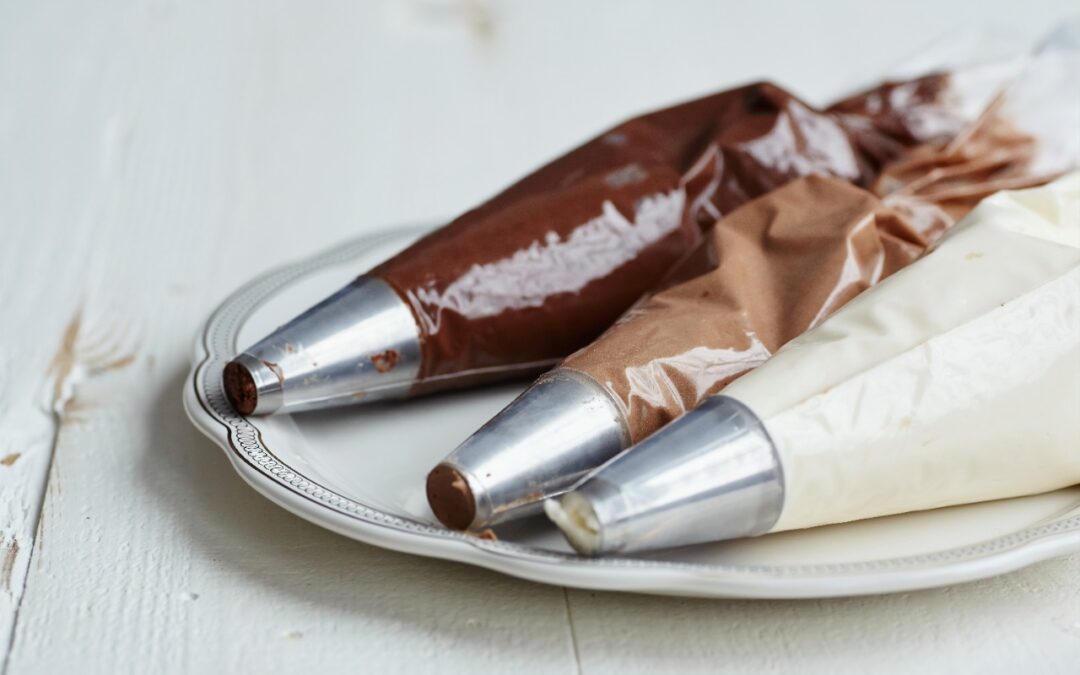
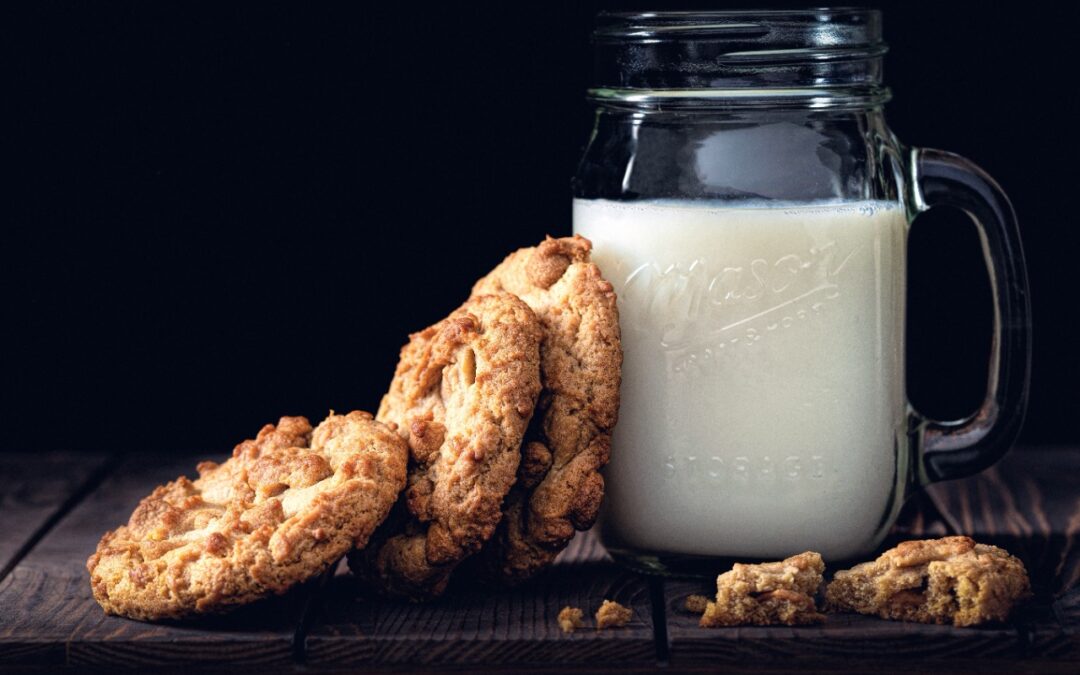
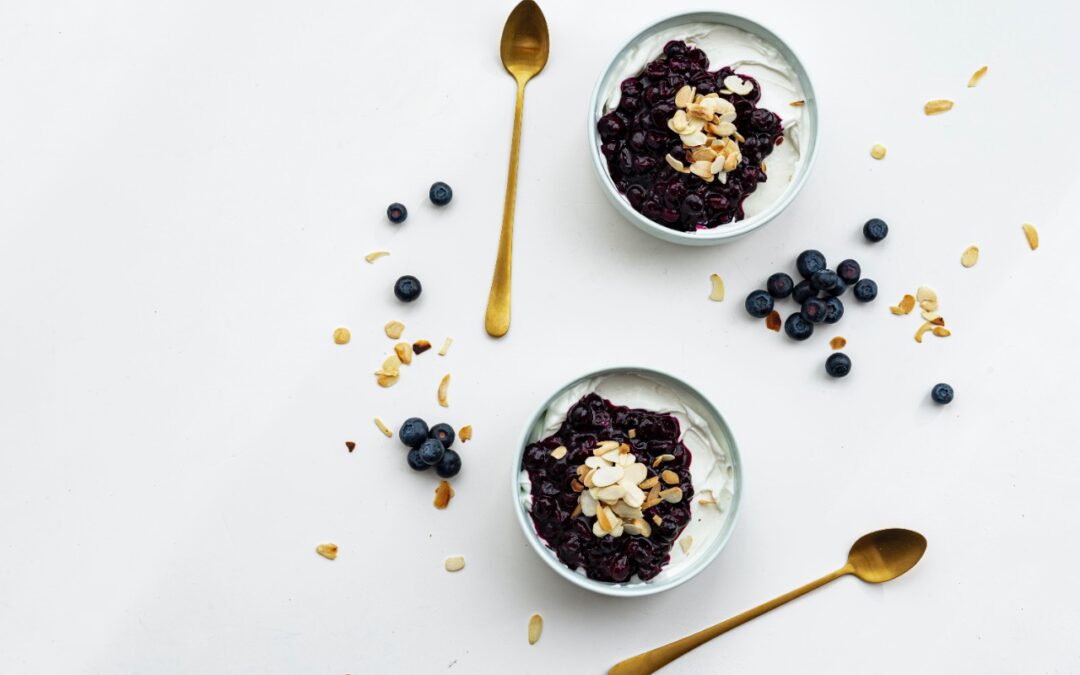
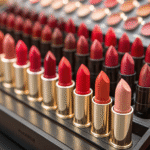
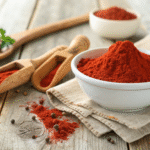
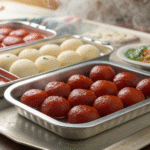
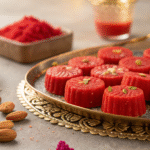
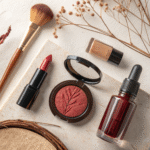
Recent Comments